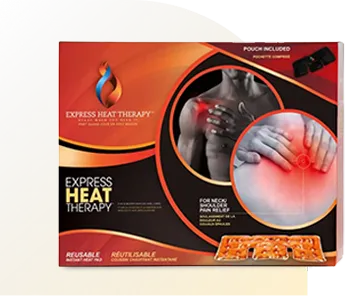Muscle soreness is something that only some people feel after a workout. But this does not mean it doesn’t happen to anybody at all. Instead, there are particular moments when you begin your exercises on a different level than before by changing a workout plan or increasing its length or intensity, resulting in pain from delayed onset muscle soreness (DOMS) characterized by several signs and symptoms. Muscle soreness usually occurs between 12-24 hours after an exercise session and peaks at around 24-72 hours. Do you have some associated signs and disorders of muscular pain?
- Muscle ache that is dull and constant.
- Stiffness in muscles that limits the body’s range of motion.
- Muscle weakness to the extent that it is challenging to perform regular daily routines.
- Swelling around the affected muscles.
Exercise-induced muscle soreness is recognizable through the following symptoms after physical workouts: In any case, it has been established that muscle soreness may occur when individuals take on different forms of exercise or add intensity to them. However, this only suggests that your muscles respond to changes and work towards improvement.
Muscle soreness symptoms typically emerge 12 to 72 hours after a workout and peak 48 to 72 hours later—this condition is known as delayed-onset muscle soreness (DOMS).
Thankfully, there are strategies you can use to lessen the discomfort of muscle soreness after a workout.
Heat Therapy
Post workout muscle soreness is not uncommon, whether it was yesterday or just now. Sore muscles indicate that your body works hard, which leads to strength gains. But delayed-onset muscle soreness (DOMS) is more than simply uncomfortable; it can damage your muscles!
Physical therapist Steven Goostree from Hinge Health notes that post-exercise pain results from tiny microtears in your muscles, leading to inflammation and painful muscles. But don’t despair — inflammation can be reduced using ice and heat therapies!
Express Heat Therapy uses a heating pad from a highly reputed heating pad supplier and manufacturer. The targeted heat from heating pads expands (dilates) the blood vessels, which increases circulation as more oxygen and nutrients reach your muscles and joints, speeding healing and recovery time.
Studies have proven the benefit of applying heat immediately after exercising, within several hours afterward, or at least several hours after exercise. One study found that using a good-quality heating pad directly after exertion helps prevent DOMS more effectively than waiting 24 hours, though too long may cause skin burns.
Cold Therapy
Cold therapy, with a safe and easy-to-use ice pack, is an easy and affordable way to ease muscle soreness after exercising. It works by reducing inflammation while slowing nerve activity at injury sites, contributing to decreased brain pain signals.
Microtrauma and tears caused by rigorous exercise can result in inflammation. Cold treatment decreases inflammation and speeds up recovery as Biofreeze contains menthol, an active ingredient with a cooling and analgesic effect.
Nonetheless, always remember that applying ice directly to the skin is dangerous for long durations. This can harm the skin, tissue and even nerves. Cold therapy uses ice pads from Express Heat Therapy for best results. These pads come with a soft, comfy cloth pouch that acts as a barrier and protects your skin from intense cold from ice packs.
Cold therapy is most beneficial when applied directly to skin-covered joints or muscles, such as those located near your feet, ankles, knees, elbows, hands, wrists or lower back. Cold transfers more efficiently to these muscle and joint structures.
Massage
No one likes sore muscles, but it’s important to recognize when muscle pain goes beyond mild soreness. Prolonged soreness might indicate that you overworked yourself during an activity; delayed-onset muscle soreness symptoms often develop hours or even days after your workout and indicate damage caused to the tissue by overexerting yourself during physical exertion.
Sore muscles need movement to heal themselves; light cardio or foam rolling could do the trick. You may need a mobility sequence or bodyweight resistance exercises like lunges and squats, which are effective options.
The importance of hydration in our muscles’ ability to absorb and eliminate lactic acid cannot be overstated. Drink enough water and refrain from taking caffeinated beverages and sodas loaded with sugar, as these only serve to dehydrate you more.
More Options to Relieve Sore Muscles After Workout
Muscle soreness typically follows new exercises or pushing yourself harder than usual. This condition is delayed-onset muscle soreness (DOMS) and can last a few days. Bunger advises that staying hydrated, avoiding sugary food and beverages, and gently applying heat can all temporarily relieve sore muscles. Heating boosts blood flow to muscles, which, in turn, may ease their tightness.
Foods that promote recovery should also be consumed, including protein, fruits and vegetables. According to studies, Turmeric, which contains an antioxidant called curcumin, may help relieve sore muscles; researchers suggest it reduces inflammation while increasing protein synthesis in muscles, according to Arent. Sleep is another vital part of recovery, as nonrapid eye movement (NREM) sleep enhances muscle repair.




